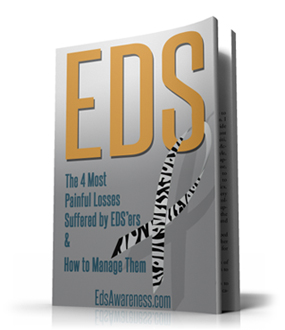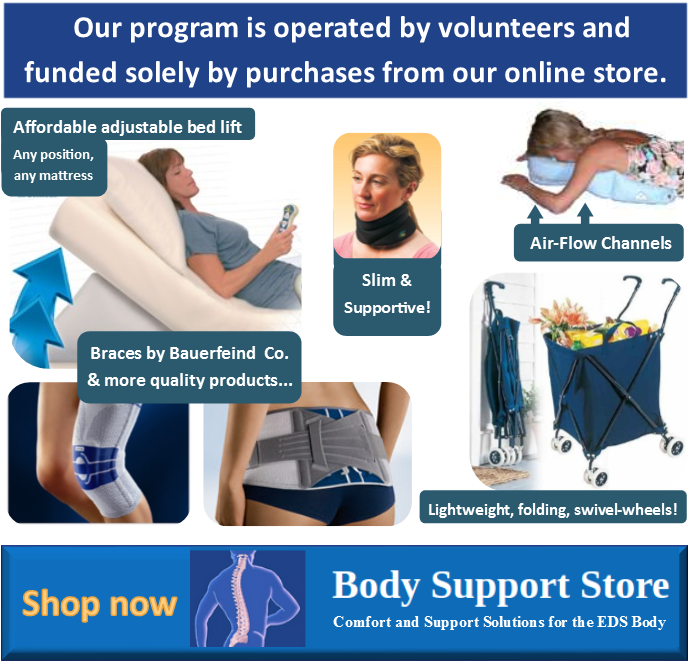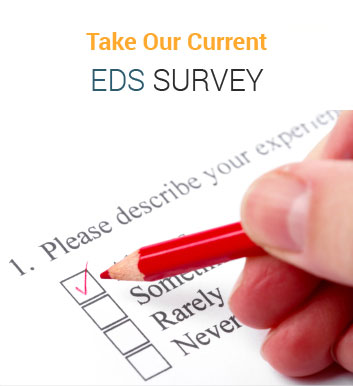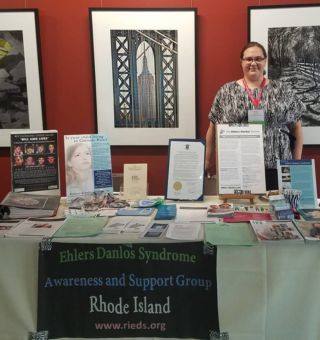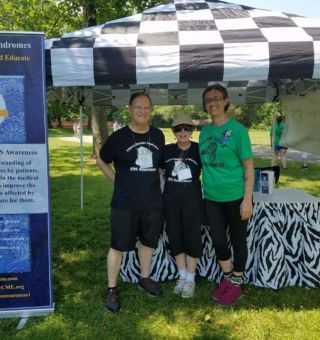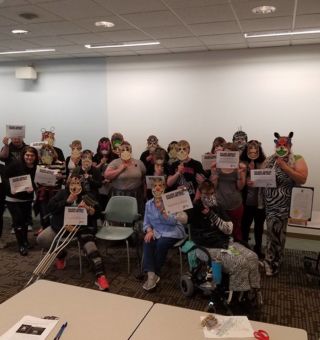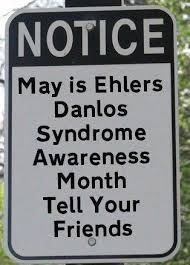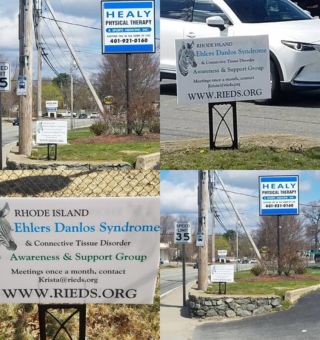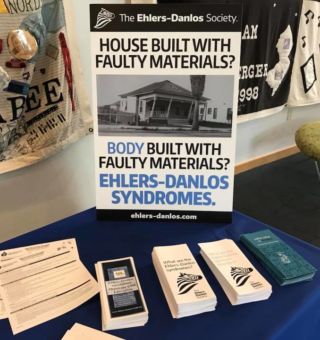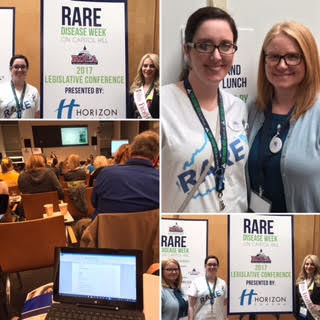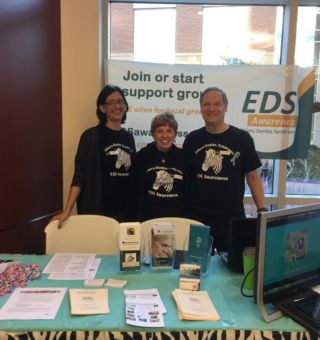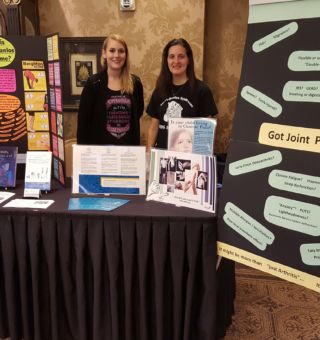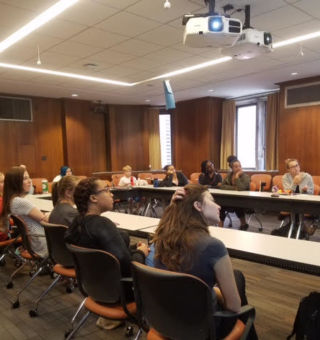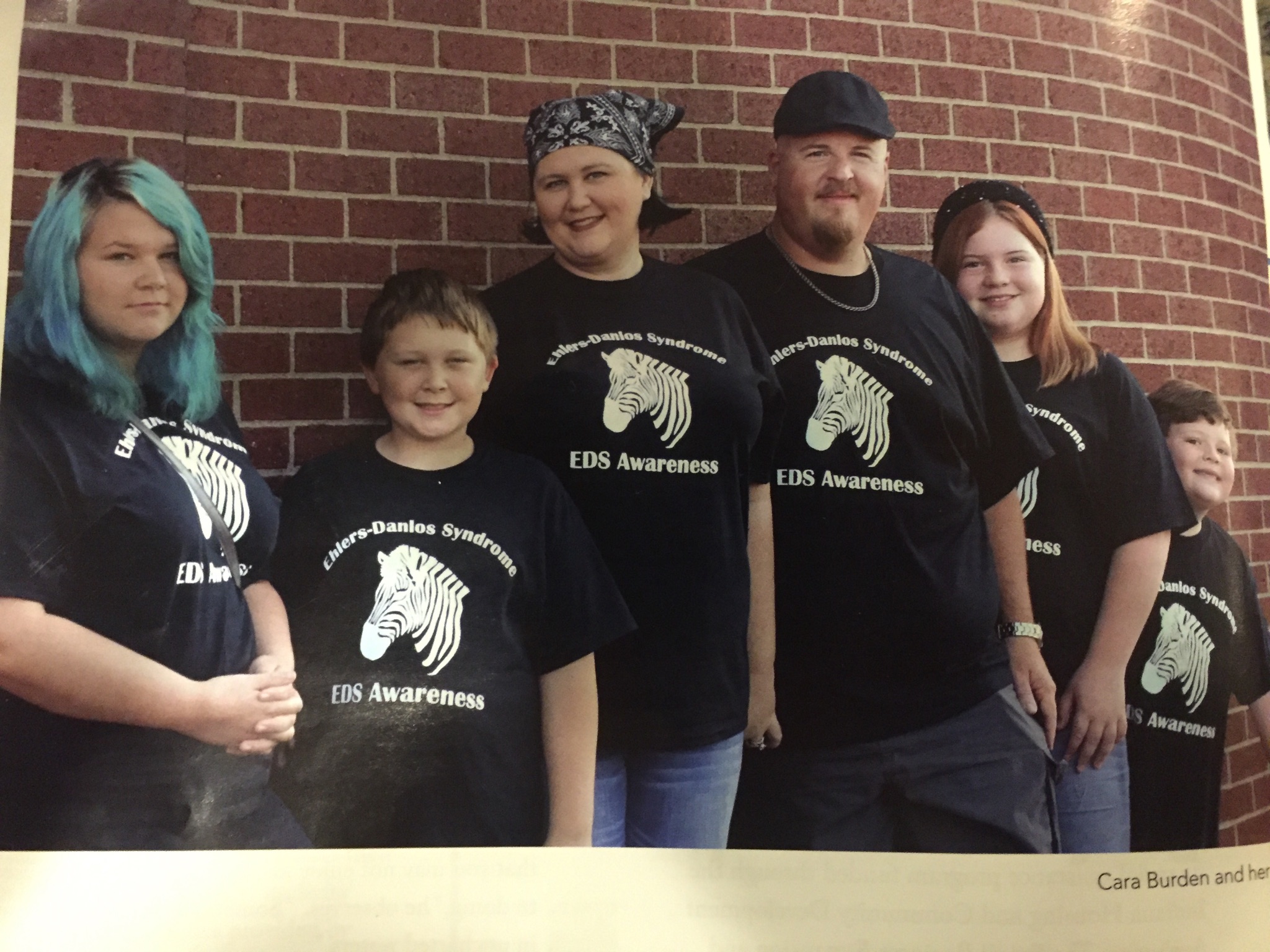Bend, But Don’t Break the Bank: Financial Resources for EDS Patients
Ehlers-Danlos Syndrome (EDS) is a group of genetic disorders that affect the connective tissue in the body. Chronic and rare disorders often lead to medical expenses that can overburden the patients’ wallets, deplete their savings, and sometimes result in debt or bankruptcy. Patients commonly experience financial challenges due to numerous medical expenses, including diagnostic tests, treatments, medications, and out-of-pocket costs for daily pain management or supportive braces and assistive devices, and so on.
In our January content survey, you asked for ideas to help with this challenge, so we’ve put together this non-exhaustive article to steer you toward places that can offer support. There are a few resources available to patients with EDS to manage their financial burden outlined below, and more information on what to know on how overdue medical bills can affect your credit score.
A CALL TO CHANGE
Before we start on the list of ideas where EDS patients can locate potential resources for disability and financial hardship, we encourage you to participate in the new survey – the first of its kind on the financial implications of having EDS on families by Penn State College of Medicine. They hope to gather patient information on what EDS families deal with regarding the costs and ways we expend resources to bring awareness backed by data. It’s open to US citizens, and with Tax Day behind us, you might already have the data readily available to share if you itemize your medical deductions. Be the change you want to see by participating.
Financial Resource Ideas
- Government assistance programs (in the US):
The Social Security Administration (SSA) offers a variety of programs to help people with disabilities, including Social Security Disability Insurance (SSDI) and Supplemental Security Income (SSI). To be eligible for SSDI, you must have worked for a certain number of years and paid into the Social Security system. SSI is a needs-based program that provides financial assistance to people with disabilities who have limited income and resources. Here are the basics…
-
- Medicaid: A state and federal program providing medical health insurance coverage for low-income individuals and families.
- Medicare: A federal health insurance program for people aged 65 and older and certain younger individuals with disabilities. Medicare education is available for 2023 here that explains the differences between the Medicare Advantage Plan vs. original Medicare Part A (Hospital Insurance), Part B (Medical Insurance) Part D (Drug Coverage), which is a complex program to understand. To get local guidance, contact your local SHIP office.
- Supplemental Security Income (SSI): A federal program providing financial assistance to people with disabilities who have limited income and resources. This is a huge subject. To learn more, check out this article on tips for winning a disability case if you have EDS written by volunteer contributors to share lessons learned from the trenches [LINK TO bootcamp article].
- Non-profit organizations and foundations with free resources:
-
- The National Organization for Rare Disorders (NORD): NORD has a Patient Assistance Program that provides financial support for patients with rare diseases, including EDS.
- Patient Advocate Foundation (PAF): PAF offers 1:1 case management, financial aid, and insurance assistance for patients with chronic, life-threatening, and debilitating diseases.
- HealthWell Foundation: This foundation provides financial assistance for underinsured patients to cover copayments, health care premiums, and deductibles.
- Crowdfunding platforms to raise funds from loved ones: Online crowdfunding websites like GoFundMe, DonorsChoose, or FundRazr can be a way for patients to raise funds for medical expenses. Learn how to set these up from the non-profit Help Hope Live (see below). Crowdfunding platforms to raise funds from loved ones: Online crowdfunding websites like GoFundMe, DonorsChoose, or FundRazr can be a way for patients to raise funds for medical expenses. Learn how to set these up from the non-profit Help Hope Live (see below).
- Local community resources to investigate: Local churches, community centers, or social service organizations may offer financial assistance or other support for individuals and families facing medical challenges.
- Pharmaceutical assistance programs for reduced or free medication and drug costs relief: Many corporate pharmaceutical companies have patient assistance programs that provide medications at a reduced cost or for free to eligible individuals. Search by their website for the specific medication or use broader medication assistance sites like Needy Meds and GoodRX.
- Clinical trials with researchers seeking new treatment options if you’re willing: Patients can explore clinical trials that may provide access to new treatments or medications at little or no cost. Research the options available at www.clinicaltrials.gov.
Remember that eligibility criteria and application processes vary for each program. It’s essential to research each resource and contact the organization directly for more information on how to apply for assistance. Also, be sure your privacy is respected and data collection complies with appropriate laws.
Rarer Types, Such as Vascular EDS, Have More Resources Today
Vascular Ehlers-Danlos Syndrome (vEDS) is a rare subtype of EDS that affects the blood vessels and organs, leading to a higher risk of severe and life-threatening complications. While many resources for EDS, in general, may also be helpful for those with vEDS and other rare subtypes, the following resources are more focused explicitly on overall, not just financial support for vEDS and other rare forms of EDS:
- Annabelle’s Challenge: This UK-based charity is focused on raising awareness and support for individuals with vEDS. They offer educational resources, emotional support, and financial assistance for medical equipment and travel expenses related to vEDS treatment.
- The European Reference Networks (ERNs): These networks bring together healthcare providers and centers of expertise across Europe to improve care for patients with rare diseases, including vEDS and other rare EDS subtypes. The ERN for Heritable Connective Tissue Disorders (ERN ReCONNET) may be a helpful resource.
- Genetic and Rare Diseases (GARD) Information Center: GARD, part of the National Institutes of Health (NIH), provides information on rare diseases, including vEDS and other rare EDS subtypes. They offer resources, research updates, and contact information for experts in the field.
Please note that some of these resources may be region-specific, and eligibility for financial assistance may vary.
Not Much Help for Hypermobility Yet, Hope for Future Funding
While there may not be many charities specifically dedicated to hypermobile Ehlers-Danlos Syndrome, there are several organizations that provide financial assistance to individuals with various chronic illnesses and disabilities. Some of these organizations may have funds available to patients with EDS. Below are a few more options to consider.
- Help Hope Live: Help Hope Live is a non-profit organization that assists patients with fundraising for medical expenses related to transplantation, catastrophic injury, or illness. They provide excellent guidance and support in setting up a fundraising campaign.
- United Healthcare Children’s Foundation (UHCCF): UHCCF provides financial assistance in the form of medical grants for children (up to age 16) with various medical conditions, including EDS, to help cover out-of-pocket expenses not covered by commercial health insurance.
- Modest Needs Foundation: This non-profit organization provides short-term financial assistance to low-income individuals and families in temporary crisis, which may include those dealing with medical expenses related to EDS or other chronic conditions.
- The Assistance Fund: This organization offers financial support to patients with various chronic and rare diseases, including EDS, to help with copays, deductibles, and other out-of-pocket medical expenses.
- Chronic Disease Fund: This organization provides financial assistance to underinsured patients with chronic diseases, which may include EDS, to help cover the cost of life-saving medications.
- Good Days: This national non-profit charitable organization helps lift the burdens of chronic illness through assistance, advocacy, and awareness.
Other rare disease organizations you can consider researching and staying in touch with as funds become more available and focus on EDS grows include the EveryLife Foundation for Rare Diseases and Global Genes.
To learn more about other ideas for financial support that are worth considering, see the ideas listed below.
Low-interest loans:
If you need to borrow money, you may be able to get a low-interest loan from a bank or credit union. These loans are designed to help people with disabilities who have difficulty getting approved for traditional loans.
Food assistance:
You may also be eligible for food assistance through the Supplemental Nutrition Assistance Program (SNAP). SNAP provides food benefits to low-income individuals and families. To be eligible for SNAP, you must meet certain income and asset requirements. To find a local food pantry, check out https://www.foodpantries.org/.
Energy assistance:
You may also be eligible for energy assistance through the Low Income Home Energy Assistance Program (LIHEAP). LIHEAP provides financial assistance to low-income households that need help paying their energy bills. To be eligible for LIHEAP, you must meet certain income and asset requirements.
The National Disability Rights Network (NDRN):
The NDRN is a national network of legal and advocacy organizations that work to protect the rights of people with disabilities. The NDRN has a website with information about a variety of topics, including financial assistance, grants, and government programs.
The National Alliance on Mental Illness (NAMI):
NAMI is a national organization that provides support and education to people with mental illness and their families. NAMI also has a website with information about a variety of topics, including financial assistance, grants, and government programs.
The American Red Cross:
The American Red Cross provides a variety of services to people in need, including financial assistance. The Red Cross has a website with information about how to apply for financial assistance.
The United Way:
The United Way is a national organization that provides support to a variety of communities. The United Way also has a website with information about financial assistance programs in your area.
Your local disability advocacy organization:
Your local disability advocacy organization can provide you with information about financial assistance programs and other resources in your area. You can find your local disability advocacy organization by searching online or contacting your state government.
Please note that the availability of funds and eligibility criteria may vary among these organizations. It’s essential to research each organization, understand their specific requirements, and contact them directly to inquire about the application process and financial assistance options.
Overdue Medical Bills Can Affect Your Credit Score – What to Know
When you fail to pay your medical bills on time or make proper arrangements with the medical provider, they may eventually turn the debt over to a collections agency. Once the debt is in collections, the collections agency typically reports the unpaid bill to the major credit bureaus (Experian, Equifax, and TransUnion), which can negatively impact your credit score.
Here are some key points to remember about overdue medical bills and your credit score:
- The impact of unpaid medical bills on your credit score may vary depending on the scoring model used. However, recent changes to credit scoring models, like FICO 9 and VantageScore 4.0, have reduced the negative impact of medical collections compared to non-medical collections.
- Medical providers usually don’t report late payments directly to credit bureaus. Instead, they often send unpaid bills to collections agencies, which then report the debt to credit bureaus.
- The three major credit bureaus have a 180-day waiting period before medical debts can appear on your credit report. This grace period allows you time to resolve any disputes or payment issues with your insurance company or medical provider.
- Once a medical collection account appears on your credit report, it can remain there for up to seven years from the date of the original delinquency, even if you pay off the debt.
- Paying off or settling a medical collection account may improve your credit score, but the impact can vary depending on the scoring model and other factors in your credit history.
To avoid damage to your credit score due to overdue medical bills, it’s essential to address any payment issues promptly. Communicate with your medical provider or insurance company to resolve disputes, set up a payment plan, or explore options for financial assistance. If you already have medical debt in collections, consider working with the collections agency to negotiate a payment plan or settlement that can help minimize the impact on your credit score.
Hopefully, you sourced a few ideas to support your search for financial assistance when you have EDS in this article. Thank you to the Chronic Pain Partners volunteer media team, who curated these resources for the community as a pro-bono activity so others may benefit in ways beyond money.
Chronic Pain Partners Media Team
May 2023


